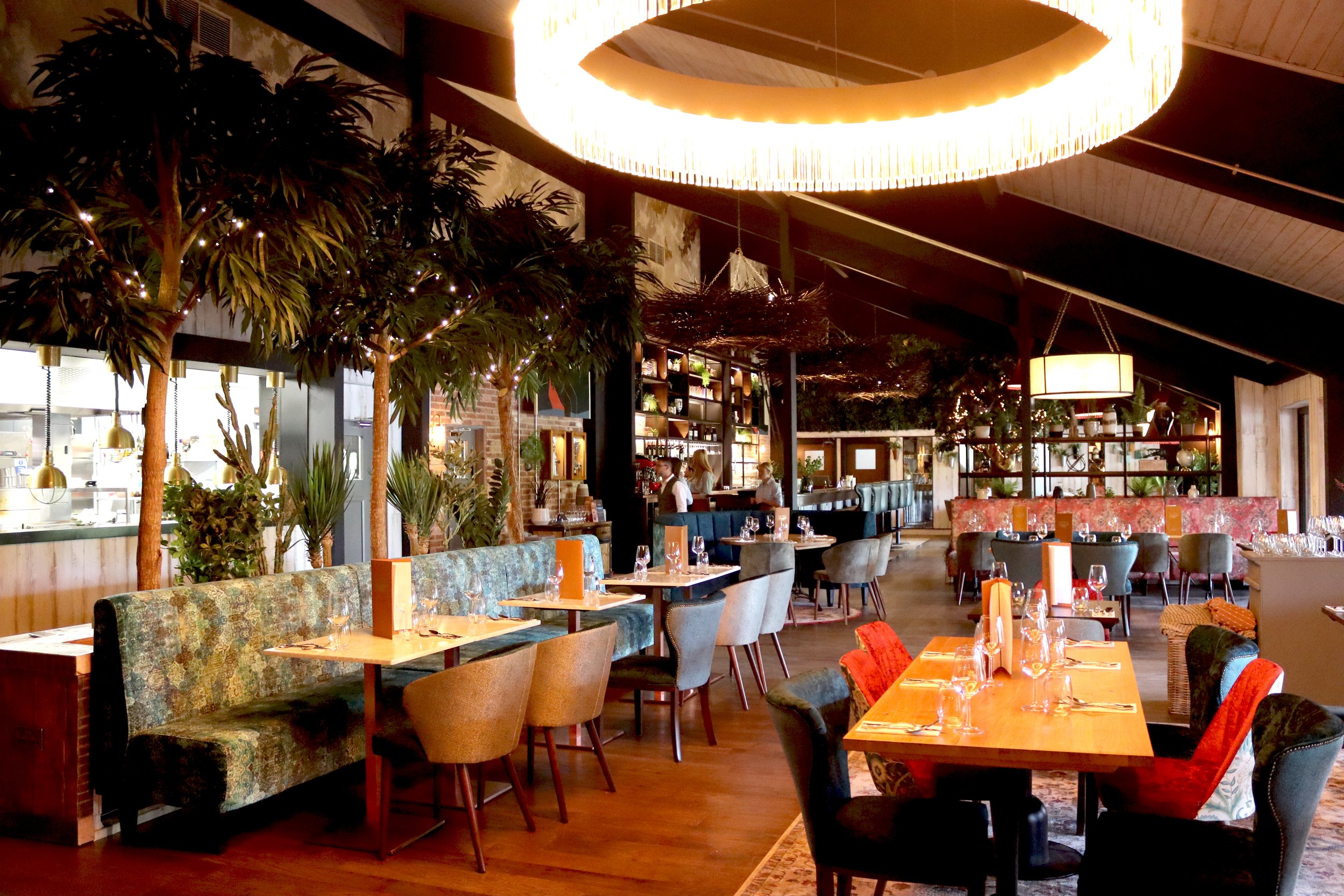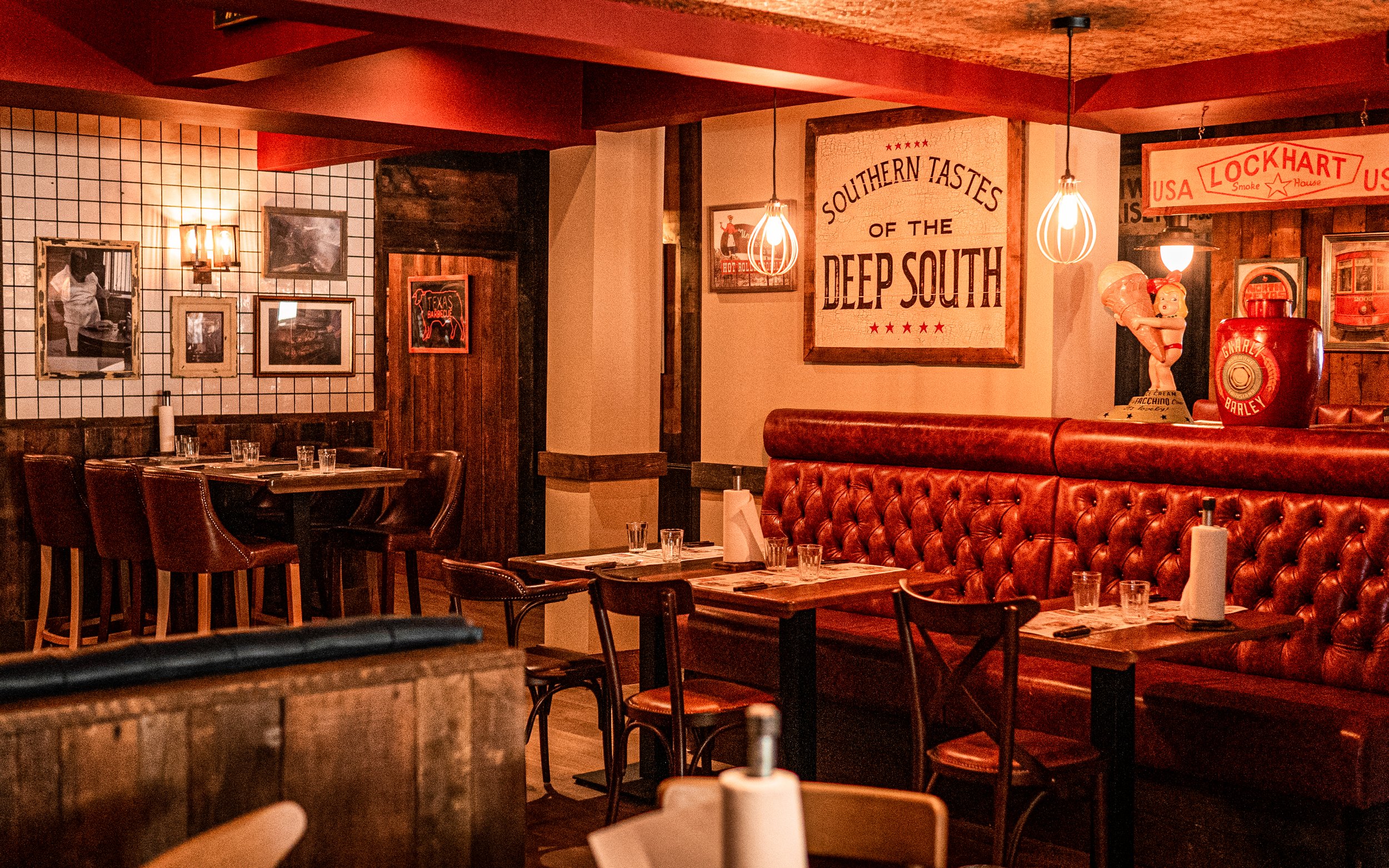Restaurant Interior Design
A stunning, breathtaking space is the ultimate goal for every restaurant owner, and as interior designers it is our job to create restaurants which attract your target clientele, help you stay ahead of competitors and really put your restaurant on the map. Whether you own a fine dining restaurant, a coffee shop, or an ice cream parlour, we understand how important it is for your business to make an impact with excellent design.
Why is restaurant interior design so important?
There are many elements to consider when designing a restaurant interior, with the psychology behind the various elements playing a key role in how diners enjoy the restaurant experience. The following elements are the driving force behind our interior design concepts, which focus on helping your restaurant attract the clientele it deserves.
Balance – The way items within your restaurant are distributed will impact the balance of the space, so it is important to arrange tables and chairs evenly. However, it is also important to consider the type of customers you are hoping to attract as fine dining restaurants require more individual space per guest compared to budget dining spaces.
Rhythm – Many restaurants have key areas which need to be highlighted, such as a waiting area, the seating area itself, a bar and access to the kitchen, however it is important to create a natural transition between these areas by considering the principles of rhythm. This can be achieved by adding screens or partitions with a flowing design, with the idea being that guests are able to relax and enjoy the space.
Emphasis – Depending on the type of restaurant you own, there are likely to be key elements that you want to highlight and these often form the focus of an overall interior design concept. For example, a coffee shop or café may want to highlight large comfortable chairs that encourage customers to relax and stay for longer.
Scale – The items you choose for your restaurant will all play a key role in how the space feels, with the scale of furniture, light fittings and artwork all helping to improve the flow and create clearly defined areas.
Proportion – Following on from the scale of items within your restaurant, it is also important to consider the proportions of the room itself. For example, if you have large windows with a stunning view these can be enhanced by choosing items of a similar scale that draw the eye to this feature.
Light – This is one of the most essential aspects of every restaurant interior design, which will include ambient, accent and task lighting. The ambient lighting will control the overall feel of your restaurant, by creating a brightly or dimly lit environment. In comparison, task lighting is most likely to be used in your kitchen or within the areas where your staff are working, so they can see clearly what they are doing. Finally, the accent lighting will highlight key features of your space, such as a cosy seating area or a piece of artwork.
Contrast – Although many elements within interior design are chosen because they work harmoniously together, it is also important to create a contrast between key features to balance the overall design. By choosing colours, patterns, and materials carefully it is possible to amplify or mute certain areas within the restaurant, so that the overall design theme is supported.
How to choose a restaurant design style
The most important factor to consider when choosing a restaurant design style is what makes your business unique. What do you do differently to the competition? A restaurant is unlikely to appeal to every diner, so try to think about who your ideal customers are and cater to them. These initial ideas will help to shape the overall theme which will flow through to the interior design, the furniture you choose, the colour scheme, the music your play and the finishing touches you add. The following are some key psychological factors to consider:
The floor plan – The way you design the shape of a space will impact how your customers feel when they enter the restaurant. The architecture should allow for customers and staff to flow through the restaurant during busy periods without it feeling claustrophobic. The most beautifully designed restaurants can fail to attract customers if the flow is not seamless.
Mood lighting – The ambient lighting will impact how long your customers stay in the restaurant, so if you want diners to relax and enjoy a three-course meal with drinks at a bar, think about creating a relaxing environment with dim, cosy lighting. In comparison, if you operate a busy fast-food café which relies on a quick flow of customers, bright lighting will stop customers lingering.
Tables and chairs – The type of furniture you choose will set the tone for how diners perceive the space. For example, brightly coloured hard seats tend to work well in budget cafes and fast food-chains where customers do not stay for long. Whereas, comfy sofas, hammocks and even swings can be great in coffee shops where they will encourage customers to relax.
Colour schemes – This is one of the key factors within every interior design concept, with the colours you choose triggering how customers feel when they enter your restaurants. Warm colours such as oranges and reds stimulate our senses, which is why many restaurants use these colours in an effort to encourage diners’ appetites. In comparison, blue which is often chosen for its relaxing properties can psychologically suppress appetites.
Boxx Design Studio – Restaurant architects, interior designers, and branding experts
If you are looking for excellent restaurant interior designers, the Boxx Design team is here to help. From our base in Warwickshire, we work with clients across the country, and we specialise in offering a comprehensive range of services to our customers. So, whether you are looking for architectural support, an interior design service, or branding advice, our team are ready to offer the expertise your restaurant needs. To find out more contact the Boxx Design team today!
We also offer beauty salon interior design - check out our recent interior design projects.


